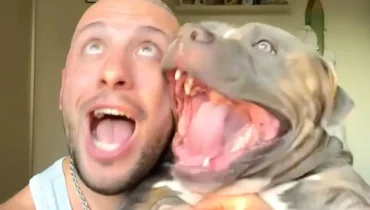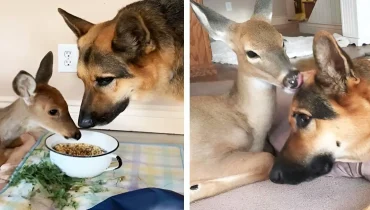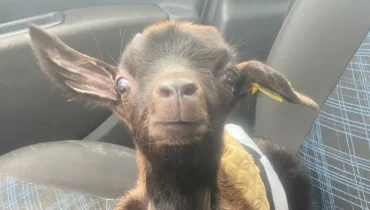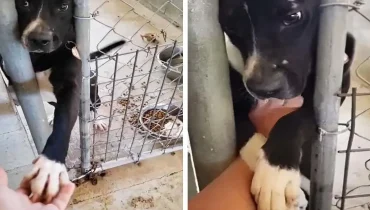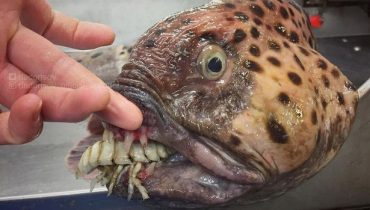Australia will use robots to kill the millions of stray cats

Posted July 18, 2023 by: Admin
European settlers introduced several animal species to Australia in the 18th century, including rabbits, foxes and cats. Unfortunately, this well-intentioned act had serious consequences for local ecosystems. Among these introduced species, feral cats have become a major problem, particularly in Western Australia. The exponential growth of their population has had a devastating impact on native species, leading to the progressive decline of endemic fauna.
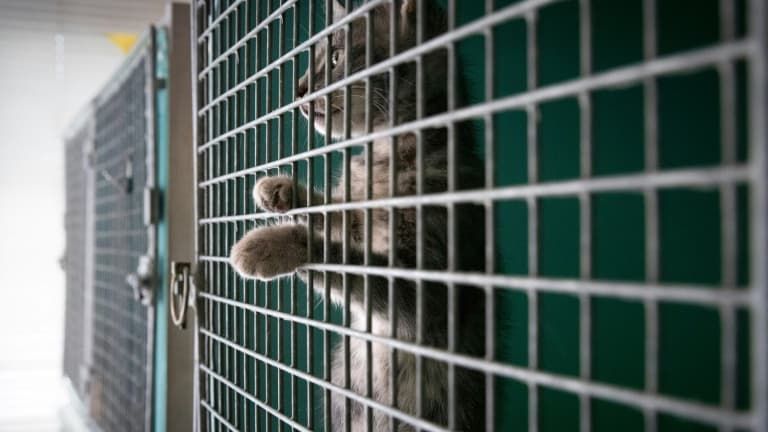
In June 2023, the Western Australian authorities made a controversial announcement: they plan to use cutting-edge technology in the form of killer robots to tackle the feral cat population. This decision is a desperate measure to stem the ecological imbalance caused by the rampant proliferation of cats on the island.
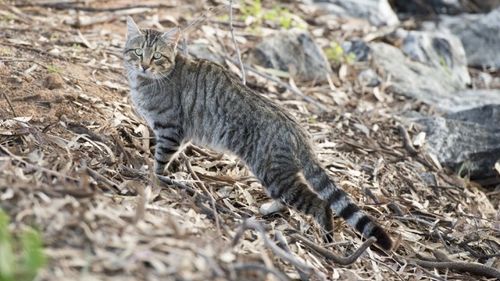
The gravity of the situation must be understood. A study published in March 2022 in the prestigious journal Diversity and Distributions revealed some shocking statistics. Cats, along with foxes, are responsible for the deaths of over 2.6 billion birds, reptiles and small mammals every year. This staggering figure underlines once again the urgency of tackling the feral cat problem to safeguard Australia’s unique and delicate biodiversity.
Robots to spot stray cats
Nearly 1000 images of numbats identified by #Felixers as non-targets at @perthzoo have cleared them for use with another threatened species. Felixers are feral cat grooming traps that use the shape and movement of an animal to detect and specifically target #feralcats. pic.twitter.com/5i79Qiun6V
— Biodiversity and Conservation Science (@Science_DBCA) July 21, 2020
Advertisement:
Feral cats have devastated 27 native animal species and pose a serious threat to 120 others, according to a Geo report. Western Australia has responded by launching a massive A$7.6 million project to tackle this critical problem. The primary aim is to control the feral cat population, striking a balance between preserving biodiversity and animal welfare.
Over the next five years, the project aims to implement a variety of humane measures, including trapping, sterilization and release programs, as well as the targeted elimination of problem individuals. With this comprehensive approach, the region hopes to restore ecological harmony and allow native wildlife to thrive, while respecting animal rights.
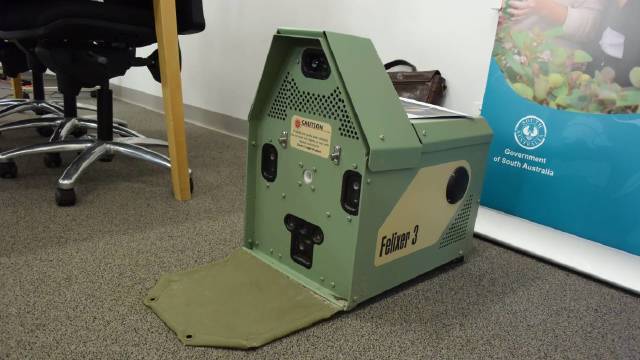
Geo reports that a single feral cat has caused the extinction of 27 native animal species and poses a threat to 120 others. In response, Western Australia is taking decisive action by launching a major A$7.6 million project. Its ambitious goal is to eliminate six million stray cats in five years.
To achieve this, Western Australia has teamed up with Thylation, a local company, to deploy 15 state-of-the-art killer robots. These solar-powered robots are equipped with state-of-the-art lasers and cameras that enable them to accurately detect feral cats and distinguish them from other animals. This innovative approach aims to safeguard biodiversity and preserve the region’s delicate ecosystem.
Rapidly targeting its prey, the robot delivers an 8 mg dose of lethal sodium fluoracetate gel. Once ingested during grooming, it proves fatal to felines while remaining harmless to humans. Some regions have curfews for domestic cats, but not in Western Australia.









